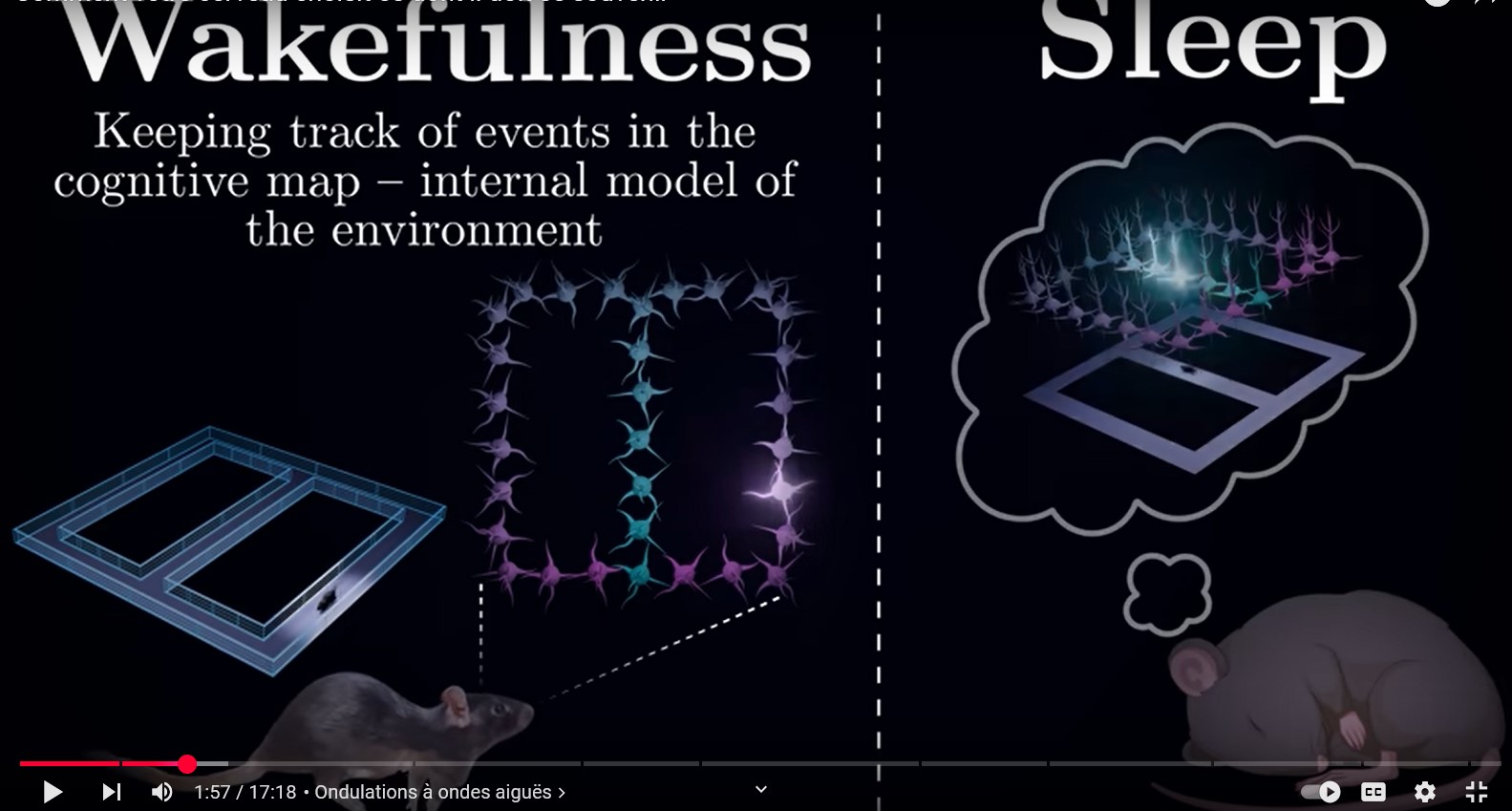Monday, 24 February 2025
Truly amazing videos about the hippocampus

This week I want to encourage you to watch a video entitled “How Your Brain Chooses What To Remember”, at https://www.youtube.com/watch?v=ceFFEmkxTLg. This video is one of many posted on the YouTube channel of computational neuroscientist Arsem Kirsanov. Kirsanov worked in the laboratory of neurologist Gyorgy Buzsaki , and Kirsanov’s videos about the hippocampus are truly amazing—in particular the one that I just mentioned. Not only does it present the content and methodology of a recent scientific article that is fascinating in itself, but it does so using a brilliant instructional approach with outstanding visuals.
Kirsanov has an extensive knowledge of the hippocampus and the neural rhythms associated with it, as well a great talent for communicating the concepts of his chosen field, computational neuroscience, to non-scientists. In this video, he uses animation to represent neural processes and physical behaviour concurrently, which is unusual in a video of this kind, produced by a young researcher who is already at the top of his game (but it still takes him a lot of work, as he admits in this interview). In fact, Kirsanov’s visuals in this video are so well designed and well executed that the first time I watched it, I lost track of what the narrator was saying at some points. But having now watched it a second time, I would say that his explanations are very clear and highly accessible; it’s just that he packs so many of them into such a short length of time!
I therefore recommend that you pause this video as necessary when you watch it, or watch it twice, to absorb all of the information, and then go deeper by reading this post in this blog, as well as pages 244 and 262 to 265 in my book . Like the video, this latter section of my book discusses the complex neural interactions between the hippocampus and the rest of the cortex, and in particular the bursts of high-frequency waves known as “sharp wave ripples”, through which mammals consolidate their memories as they sleep.
Just as I do in my book, Kirsanov also explains the role that sharp wave ripples in the hippocampus play when animals are awake or at rest, after having performed tasks that were especially significant for them. As explained in the study published in Science in March 2024 that is the basis for Kirsanov’s video, these sharp wave ripples then serve as a way of “bookmarking” the neurons that have just been encoded by this task, so that they can be found again and reinforced in the consolidation process during the following period of sleep (while all of the other, less important experiences that the animal had during its last time awake go unbookmarked and hence unrecorded).
Kirsanov’s YouTube channel presents over 20 other videos that are all just as fantastic!
Memory and the Brain | Comments Closed








